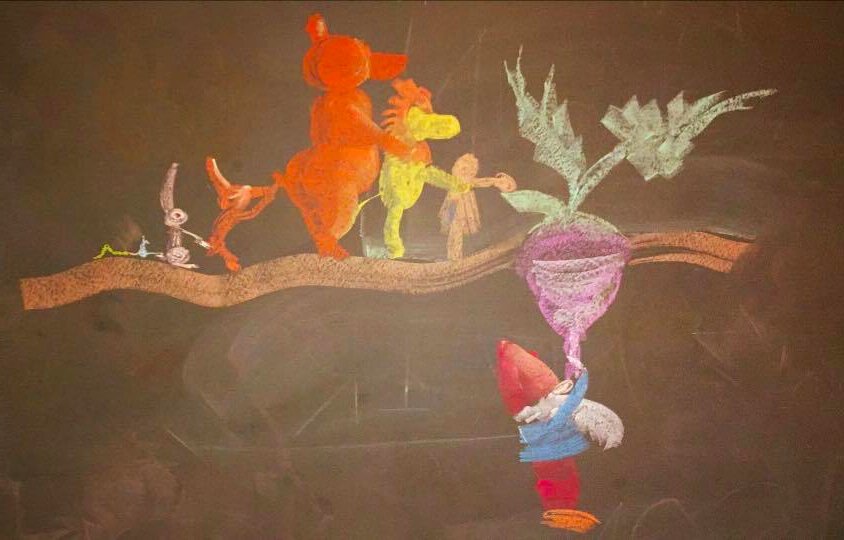Music Suggestions for Class 1 and 2
12039667_10207382243974465_4358667518238809317_n
It's the time of year where Waldorf Teachers across the United States of America are looking forward to their next year and beginning to plan. In hopes to help them along, I've laid a few road maps and song choices. Below are some notes from a keynote address I delivered in India on the progression of music through the grades.If you continue to scroll down, you'll find a sampling of songs appropriate for grades 1 and 2. These came right from my song jar as I'm planning Third Grade. All you have to do is click the title of the song, and it will take you to a YouTube video I've uploaded. Many of these songs have been taught to me orally, and I don't have sheet music. Others have sheet music available on the web with a quick google search. If you find them, feel free to post a link to it in the comments below. Also, if there are specific needs you have for music in grades 1 or 2, please leave a question in the comments, and I'll see what I can do to add to the list.First Grade: BEGINNING AT THE BEGINNING
Most songs should be in the in a pentatonic scale.
The mood of the fifth helps students listen continually, and not just for an end.
Use seasonal songs and songs about fairy tales that accompany stories
Rhythmic focus: Eighth-Eighth-quarter, and accompanying rests.
Rhythm-reading via BLUE JELLO sticks, etc. (see “No H in Snake” by Michiko Yurko, a wonderful book on music theory from the Suzuki tradition)
Single-tone Choroi flutes at the start of the year in an exploration of breath control, moving toward daily pentatonic Choroi flutes around Thanksgiving. See my method here.
Simple percussion (sticks, rattles, body percussion, but not yet drumming)
We don’t want them beating too heavily on drums, and stamping. These are motions of incarnation, which will come later. Right now we want to allow them to “float”.
Simple drone beats on ORFF media.
Music is more about a mode of exploration than production.
Singing and dancing games
Call and Response is an effective use of transitions and also trains the student to "listen to the teacher."
After students have their alphabet intact, use ABCDEFG cards to play Snake (also from No H in Snake) to begin exploring the "musical alphabet. Students always love making a GIANT alphabet snake that goes all the way around the classroom. This helps reinforce the cyclical nature of the musical alphabet.
IMG_1370
Second Grade: BEYOND THE FIRST STEPS
Some songs in the Pentatonic Scale, breaking away more often as the children age toward nine years old.
Seasonal songs are always an effective way of tracking the year's changes.
Use songs about fables to accompany stories
Rhythmic focus: add half notes and half rest. Continue BLUE JELLO rhythmic notation from No H in Snake.
Daily practice of Pentatonic Choroi flutes.
Simple percussion (same as first grade)
Simple ORFF media, matching grade specific rhythm.
Music is still mainly playful and explored, beginning to move toward quality production.
Continue playing with alphabet cards to reinforce music theory and lay the groundwork for notation in Third Grade. Begin to introduce intervals: CEGBDFA, CFBEADG, CGDAEBF, etc.
For notes on other grades' music, see the full notes of my keynote address: Basic Progression of Music Theory, grades 1-7.
Suggested Songs:
Seasonal
General
Movement:



